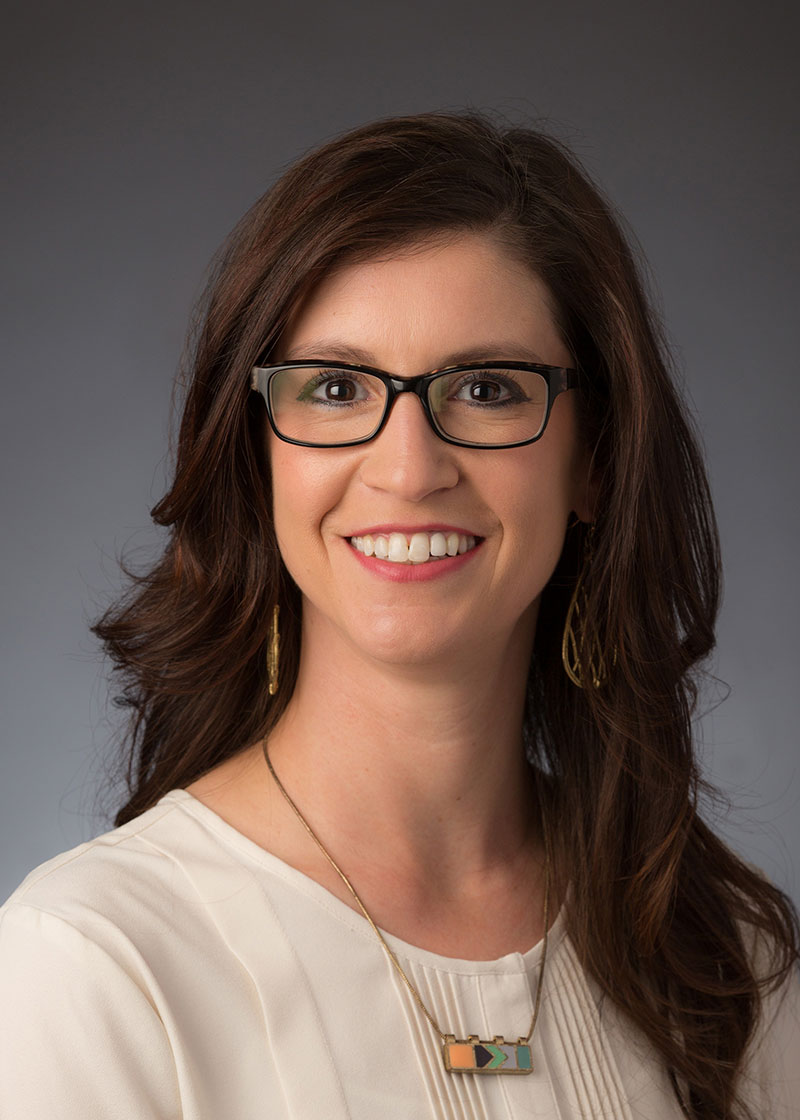Each morning, Dan Kullot rises well before the sun. As he pours a cup of coffee into a travel mug, he takes a moment to think about the day ahead. Kullot, known as Dr. Dan, is the veterinarian at Westside Dairy in Syracuse, Kansas.
When you picture a veterinarian, you may think of someone wearing a white lab coat, with a stethoscope around their neck. However, jeans, a hat and muck boots became the uniform of choice for Dr. Dan when he chose to work in a dairy and milking parlor over a veterinary clinic in town!
Dr. Dan leads a team of dedicated dairy farmers who work together to maintain the health of the herd. It’s their job to keep the cattle happy and healthy. While most vets treat animals who are already sick, it’s Dr. Dan’s job to prevent the dairy cows from becoming ill.
The first thing Dr. Dan does each day is check the weather on his smartphone. Like people, cattle have a preferred temperature range that they find comfortable. For cattle in Kansas, fall is their favorite season – not too hot, not too cold and not too humid. It’s important that the dairy farmers know what the upcoming weather is so they can plan ahead. On hot summer days, the cattle can’t head to the local pool for a swim to keep cool, but the dairy farmers can provide extra shade and water to ensure they’re as comfortable as possible. During the wintertime, protection from the wind and extra feed act like a warm cup of cocoa and heavy jackets for the cows – keeping them warm and body temperature-regulated.
Food is very important when it comes to keeping cattle (and humans) happy. Like an elite athlete training for a big event, dairy cattle need the best nutrition to produce high-quality milk in the milking parlor. That’s why Dr. Dan works with a special cattle nutritionist to develop a nutritious feeding plan.
Dairy farmers do more than just feed and milk cows; no matter what job they’re doing, they’re always keeping an eye on things. This includes checking that the feed and water troughs are clean, the bedding is dry, the fences and shelter are in good repair, and that the cattle are looking healthy and behaving normally. Any problems with just one of these things is enough to upset the cattle.
So, what does a dairy veterinarian look for when checking on the health and well-being of their dairy cows? Well, it’s just as much as what they don’t see as what they do see. The cattle should be able to walk comfortably, with no signs of soreness or stiffness. They should have shiny, clean coats; bright eyes; and full, even udders. The cattle should be alert, but calm in their demeanor, with regular breathing. Finally, their manure should not be too thick, but also not too thin.
Veterinarians work with dairy farmers to make sure cattle are happy and healthy, so they can do what they do best: provide us with naturally amazing dairy foods.




